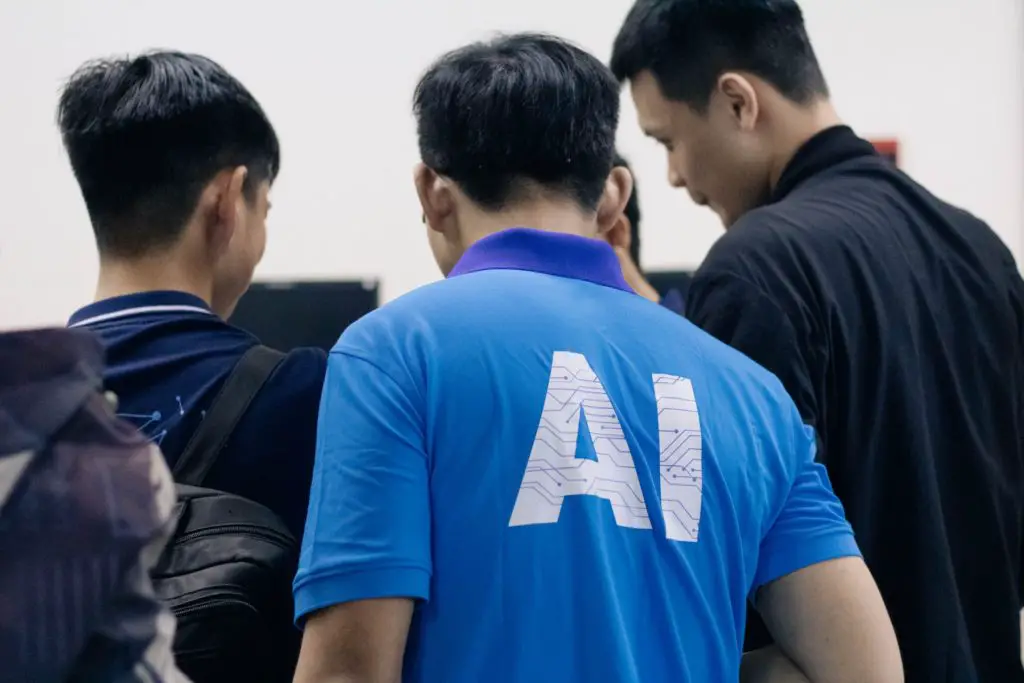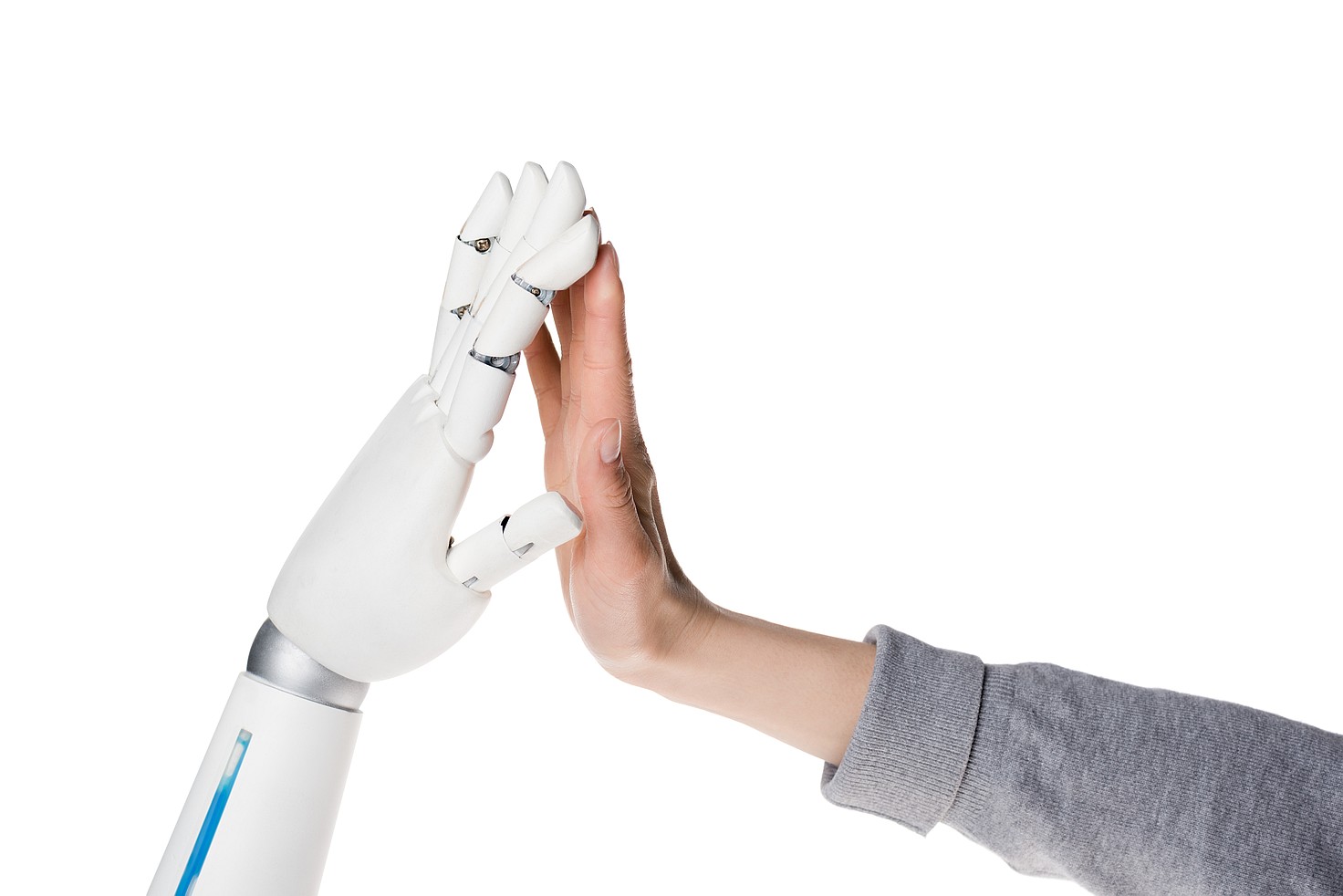The debate on whether the future of work will be wholly robotic and automated still rages on. Science fiction movies have exhausted this trope for decades, creating a vast, perceived threat.
However, significant advances in artificial intelligence and robotics have brought this seeming reality too close to home.
Human beings are, in turn, captivated and scared at the presence of artificial intelligence within our jobs and personal lives. Yet both parties, people and machines, could just be the perfect team in companies. Thus, the future we fear might not be populated by humans or robots but by both working together in sync.
It is no secret that automated systems fare better at repetitive, time-intensive, and dangerous work. Humans, on the other hand, excel in creative, intellectual, and abstract tasks.
The advantages of both can be utilized if put together.
Beyond Science Fiction: How Artificial Intelligence and Robots Help People
Robotics and artificial intelligence combine forces to help companies and their human workers become more productive, efficient, and competitive. Early examples of robots already playing starring roles in this science-fiction-come-to-life situation is in the manufacturing industry, with the automobile industry at the head of the line.
In addition, due to the coronavirus pandemic, patients in hospitals and health care facilities are interacting with robots and technology almost as much as medical workers. In the military, robots help soldiers with surveillance as well as being used to disarm or arm bombs on the ground.
Beyond these industries, robot and human teams are expected in the not too distant future to penetrate other human endeavors and fields such as space exploration, agriculture, and transportation as technology advances.
Companies and research continue to explore many ways to improve the systems of artificial intelligence and robots. Advances in technology also play a crucial role here.
“Human-robot systems won’t be as good as they could be if the designers don’t understand how to engineer technologies that work most effectively with real people,” says Nancy Cooke, a professor of human systems engineering at Arizona State University.
From the depth of scholarly research of human teamwork, she proposes five ways to help create and sustain these new, unique relationships.
1. Distinct Tasks
Groups of people with discrete yet co-dependent functions and responsibilities make up teams. For instance, a content team could consist of a writer, an editor, and a proofreader. Similarly, a human-robot team should be composed of members who carry out distinct aspects of a complex task.
To help robots work with humans, they should be performing tasks that they excel in or jobs that people would rather not perform, such as the repetitive and routine kind of work, heavy lifting, etc.
Saddling machines with tasks of this nature helps to free workers to focus on things they are good at, like devising creative solutions to workplace challenges and adjusting to changing conditions.
2. Shared Support
While each member of effective teams has a different role, everyone knows to assist one another when the time presents itself.
Teammates must fully understand their distinct roles and those of other team members and how the different parts fit to make the teamwork coherent. Armed with this knowledge, they can avoid stepping on one another’s toes while almost rightfully guessing others’ potential needs.

To help machines help people, robots and artificial intelligence need to understand how their jobs and those of their teammates relate in the scheme of things and how they can offer help if necessary.
3. Common Grasp
Teams exchange knowledge of the present situation and team goals on a routine or ongoing basis. Doing so makes interactions between members smoother even when not done through direct communication channels.
Shared knowledge among team members opens up avenues for different kinds of collaborations and coordination.
The connection among team members comes from the information they all know and the shared knowledge developed through the experience of working closely together.
According to some scholars, robots cannot create or build experience, let alone have shared knowledge with humans. But, on the other hand, researchers are working hard to devise ways for robots to do precisely that.
To help robots in this area of arriving at assumptions about their colleagues’ behaviors, human teammates might have to resort to deep learning or machine learning. Combined with human intelligence, each teammate will learn about one another’s quirks, competencies, and limitations.
4. Productive Communication and Interaction
Team members must communicate and interact among themselves. Quality interactions make solid and effective teams. For example, in hospitals, teams for emergency resuscitation of patients, team members’ communication and interaction are vital.
Groups such as those consist of the nearest available medical staff, and the members must immediately know what occurred right before the patient’s heart stopped beating. It is a life-and-death situation.
Still, communication between people isn’t always flawless. More challenges present themselves between robots and people – like ensuring they have an equal understanding of using words or the suitable answers to specific questions.
Researchers in the artificial intelligence space are making giant strides in boosting computers’ capacity to understanding and, perhaps, producing natural language.
This is noticeable in smart assistant devices like Amazon’s Alexa and Google Home and mobile and car-based GPS directions systems.
Then again, the typical human communication process might not be the best model for human-robot relations and teams. As other groups have worked effectively without using natural language. For example, dogs and humans.
Communication does not necessarily have to mean the spoken word. Non-verbal, visual cues and sound warnings can work just as well as words.
A robot, tending to a patient when s/he flatlined, could display this status change on a monitor for all the resuscitation team members to see.
5. Shared Trust
Like shared support, reciprocal trust is crucial among human teams. For instance, if trust disintegrates among a group of firefighters, this will render them less effective, less cohesive, and result in losing lives –the ones they are trying to save or theirs. The most exemplary robot teammates must be dependable and trustworthy. Any cracks in dependability must be explained.
However, explaining does not apply to technology with a long history of unreliability that its teammates of humans might reject.


